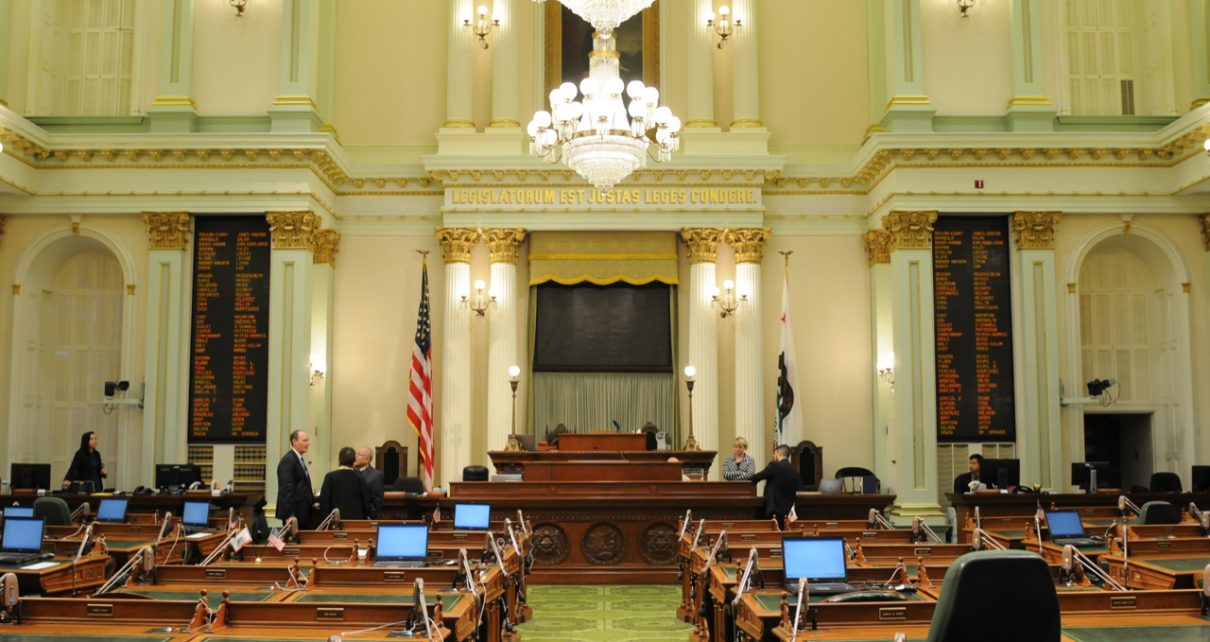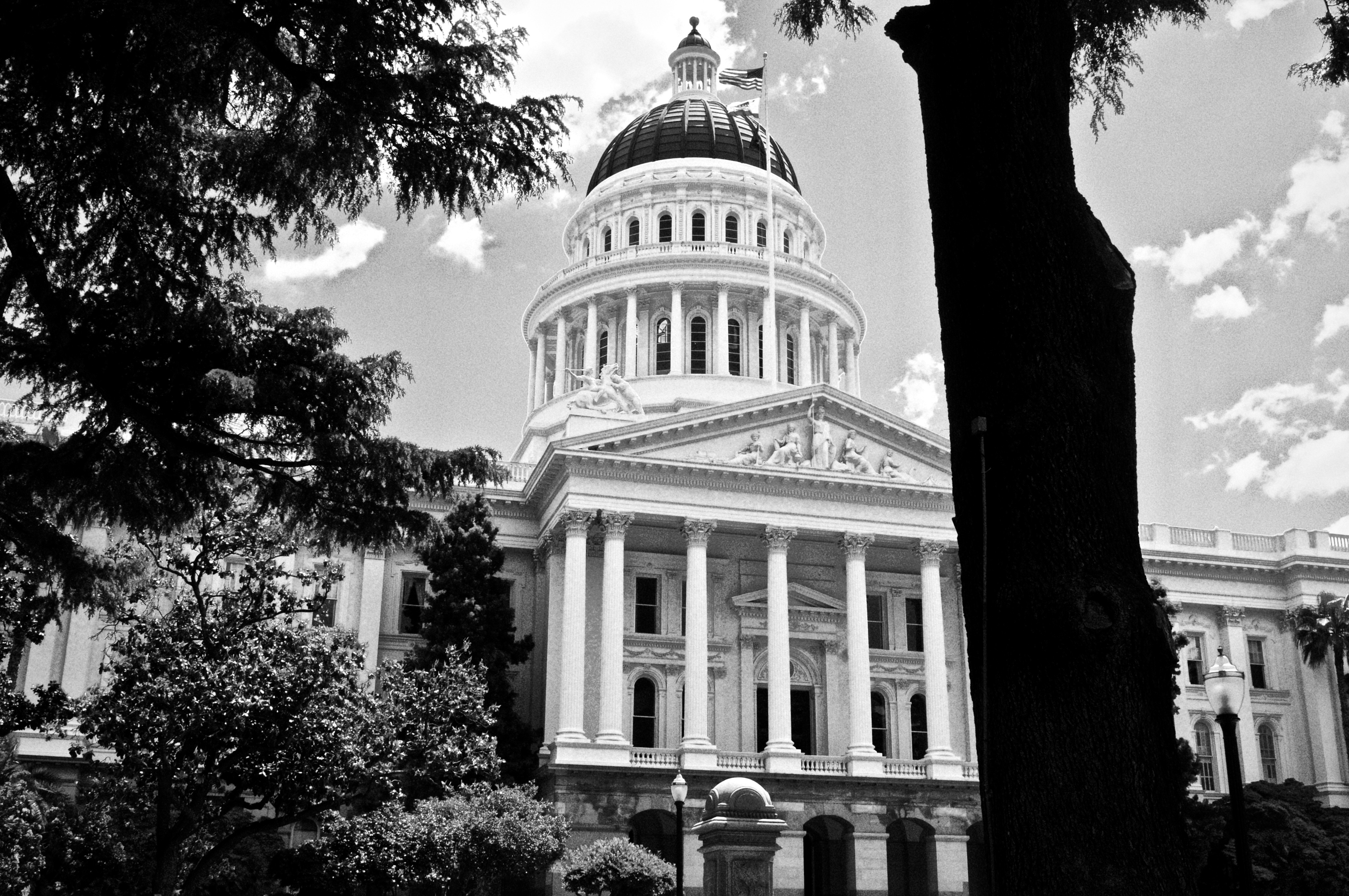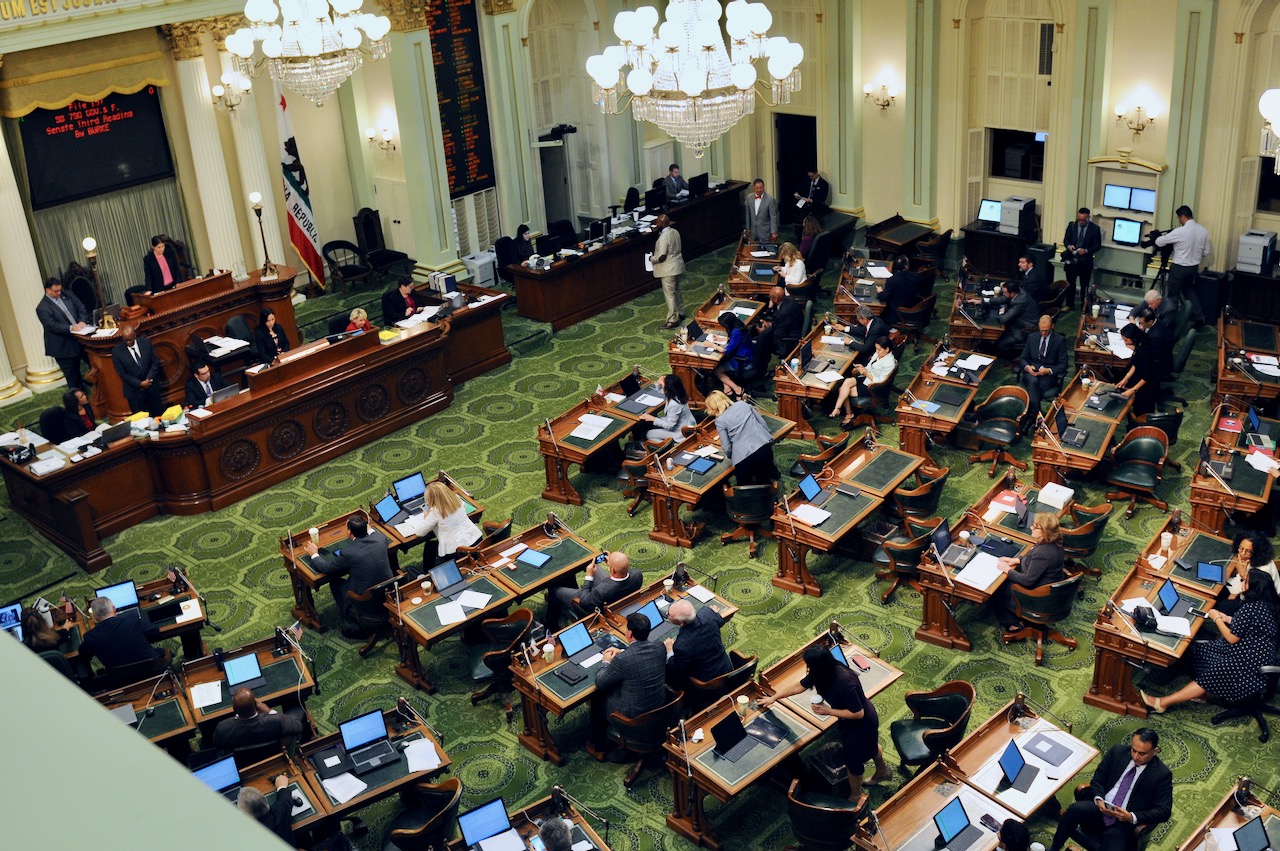
In Influencing the Legislature, Expect the Unexpected; Be Honest
Legislative versus regulatory lobbying
By Chris Micheli, January 18, 2019 7:00 am
There are mainly two types of lobbying: legislative and regulatory. Some advocates may add budgetary and procurement lobbying to the list, but the main types involve lobbying the legislative and executive branches of state government. At its core, legislative lobbying is advocating for or against legislation, while regulatory lobbying is advocating for or against regulations.
Legislative Lobbying
This article provides a brief overview of legislative lobbying. A legislative lobbyist, versus a regulatory lobbyist or a procurement lobbyist, is focused on the federal Congress or a state legislature. He or she represents clients before the legislative branch of government and expresses positions on pending legislation, including budgetary matters considered by the legislative branch.
For legislative lobbyists operating in the State of California, they interact with state legislators, those elected to the California Legislature, including the 80 members of the State Assembly and 40 members of the State Senate. In addition, they lobby the staff to these legislators and the staff of the more than 50 Assembly and Senate policy and fiscal committees.
As a part of lobbying state legislation, they will also interact with the governor’s office and state agencies and departments that have jurisdiction over their subject matters. These legislative lobbyists may work for a single employer, such as a company or association, or they may work for a firm that represents several clients. Their goals are to educate officials and staff about their clients’ interests and attempt to influence decisions of those officials that impact their clients.
Legislative lobbyists, similar to regulatory and procurement lobbyists, must have several skill sets, including the right personality to excel as a lobbyist; working relationships with officials and their staff; subject matter experience; and, knowledge about the process – in this case, the legislative process.
These lobbyists must have established relationships with legislators and their staff so that they can have access to the decision-makers and attempt to influence their decisions on legislation. As such, legislative lobbyists must spend significant time meeting with these individuals and working with them on representing their clients’ interests and positions on pending bills. This includes educational efforts as well as advocacy efforts.
Lobbyists prepare briefing materials, such as one-page explanations to in-depth policy papers explaining important issues, as well as positions on pending legislation. Then they prepare advocacy documents, including position letters on legislation and committee testimony. These educational and advocacy efforts are intended to explain the likely ramifications of pending legislation and their impact on their clients individually and perhaps an industry as a whole.
By the nature of their profession, legislative lobbyists review proposed bills and amendments to them to determine whether they are relevant to their clients, followed by tracking these bills through the legislative process, from policy committee to fiscal committee to the floor, before repeating the process in the other house. Once the process concludes in the Legislature, these lobbyists must work with the governor’s office and relevant state agencies and departments as they consider final action on the bills (i.e., whether to sign or veto measures).
These lobbyists also work with their clients throughout the process to explain the impact of these bills and recommend a course or courses of action as the measures wind their way through the legislative process. When changes are made that may result in a change in position, clients need to be made aware of them, as well as legislators and their staff. Most of these lobbyists also monitor general legislative and budgetary activities to assess their impact on their clients’ interests.
Regulatory Lobbying
What is regulatory agency advocacy? How different, if at all, is it from legislative advocacy? Sometimes a regulatory agency provides a new opportunity to continue the battle seemingly lost in the Legislature. And sometimes it means defending your legislative success, or even getting a better result than you had achieved in the Legislature.
The state’s regulatory process, while an integral part of developing California’s public policy, is a world of its own with separate rules and procedures. The Administrative Procedure Act (APA) establishes rule making procedures and standards that must be followed by state agencies in California.
There are some lobbyists who specialize in dealing with the rule making process who help their clients meaningfully engage in the public comment period and formal administrative hearings, as well as navigate the agency process for adopting and amending regulations.
However, many lobbyists do not operate in the regulatory world. They generally focus exclusively on the legislative arena. The regulatory process is often left to lawyers practicing in particular policy areas, such as telecommunications at the Public Utilities Commission or environmental waste at the Department of Toxic Substances Control.
These state administrative entities engage in both quasi-judicial and quasi-legislative activities. These departments and agencies interpret and enforce the laws under their jurisdiction (quasi-judicial) and they engage in rule making by adopting or amending regulations (quasi-legislative).
Generally speaking, the authority of state agencies and departments to adopt policy (i.e., rulemaking) is defined and restricted by statute. Statutes usually prescribe each agency’s authority to adopt regulations; and, it is an established principle of administrative law that an agency cannot exceed its legally-prescribed authority.
On the other hand, many statutes adopted by the Legislature confer broad powers to some state agencies regarding matters that directly affect the general public (e.g., Department of Motor Vehicles, Air Resources Board, and Department of Fair Employment and Housing).
Interested parties have significant access to and participation in the rule making activities of state agencies by virtue of the California Administrative Procedure Act. In addition, every state agency is required to annually adopt a “rule making calendar” pursuant to Government Code Section 11017.6 that describes regulatory actions the agency anticipates taking during the calendar year.
A central principle of the APA is that a state agency must consider recommendations and objections from the public before the agency adopts or changes any regulation that is not specifically exempted from the APA. The APA is overseen by the Office of Administrative Law (OAL).
The OAL publishes an excellent resource guide entitled, “How to Participate in the Rulemaking Process: The Statutes, Regulations and Case Law You Need to Make Your Voice Heard in the California Rulemaking Process.”
There are numerous instances where the public can participate in an agency’s rule making activities, including:
• Commenting on the initial proposal
• Commenting on modifications to the initial proposal
• The 45-day comment period
• The public hearing
• Opportunity for public comment based upon new material relied upon
• Summary and response to comments
Effective comments are based on an understanding of the statutes and factual material the agency relies on in proposing the regulation, on an understanding of what the proposed regulation is intended to do, and on an understanding of the standards the regulation must satisfy. The Authority and Reference citations that follow the text of each regulation section identify the statutes on which the section is based.
The initial statement of reasons (“ISOR”) describes the purpose and rationale of each regulation and identifies the factual material upon which the agency relies in proposing it. The response to comments in the final statement of reasons (“FSOR”) must demonstrate that each relevant, timely comment has been considered by the agency.
As with other forms of advocacy, it is important that an advocate make an effective presentation to the state agency during the rule making process, including keeping in mind the following key points:
* Expect the unexpected regarding the attentiveness of the audience, questions, and interruptions;
* Stay on point and within the time limits given, with your presentation designed to engage the audience;
* Be honest—lies and deceit can ruin an advocate; and,
* Remember that presentations are just one component of regulatory agency advocacy.
Regulatory advocates should also be aware of potential avenues of impacting proposed regulations. For example, how does the Governor influence state agencies? He or she can exert considerable influence via his or her authority over the state budget, via the power to reorganize the executive branch, and via personal persuasion, as well as creating positive or negative publicity regarding the proposed rule making.
If the agency is within the line authority of the Governor, or if the Governor appoints the director of the agency, the Governor can issue directives to the agency or to the CEO. If the Governor appoints all or some of the governing board members of an independent agency, the Governor can influence these appointees.
How does the Legislature influence state agencies? When conferring the power or authority to regulate, the Legislature can choose to grant a broad scope of authority or a very limited grant of authority. Another key function of legislative bodies is the role of oversight. Through the annual budget process, the Legislature can exert influence by providing or removing funding or by adopting “budget control language” that specifically directs agency activities.
In addition, the Legislature can hold hearings to review an agency’s actions in adopting regulations and implementing laws. The Legislature can direct one of its control agencies (State Auditor, Legislative Analyst) to investigate the agency’s actions to regulate or implement. The Legislature can ask OAL to review regulations.
Moreover, through the annual Budget, the Legislature can provide or remove funding, and direct agency activities through budget control language. Finally, agencies can be pressured via numerous informal and behind-the-scenes techniques applied by committees, leaders, or individual legislators.
How do interest groups influence state agencies? The main route is by taking advantage of the extensive opportunities to participate in the rule making activities. Most interest groups go well beyond simply participating in the regulatory processes. Groups can and often do resort to the legislative arena in order to influence rule making activities.
For example, interest groups may work with the Governor as a means of pressuring state agencies to act or not act. Unhappy with a given regulatory action, they can initiate litigation to challenge the agency’s rule making activities. They can instigate media attention and press coverage regarding the state agency’s actions.
Regulatory lobbyists may try to influence agency heads responsible for developing regulations and boards or commissions (including individual members) responsible for adopting regulations. They may instigate actions within the legislative branch (e.g., audits, investigations, special hearings, follow-up legislation) to address concerns or apply added pressure to agencies.
Also, of interest are two major ways for interested persons to challenge an agency’s rule making: Any interested person may petition an agency requesting the adoption, amendment or repeal of a regulation. The agency has 30 days to respond pursuant to Government Code Sections 11340.6 and 11340.7.
Or, any interested person may obtain a judicial declaration as to the validity of any regulation or order of repeal by bringing an action for declaratory relief in the superior court in accordance with the Code of Civil Procedure. The right to judicial determination is not affected by the failure either to petition or to seek reconsideration of a petition pursuant to Government Code Section 11350.
As readers can see, there are numerous instances wherein advocates can attempt to influence the rule making process of state agencies. With over 200 state entities authorized to adopt limited or expansive regulations, there is plenty of opportunity to engage in the regulatory process. Advocates should be aware of the nuances of the APA and the role of OAL.
- Joint Custody under California Law - December 9, 2025
- Change of Name in California - December 9, 2025
- Bond Elections and Harbor Improvement Bonds - December 8, 2025





Excellent piece, Chris. Very informative.